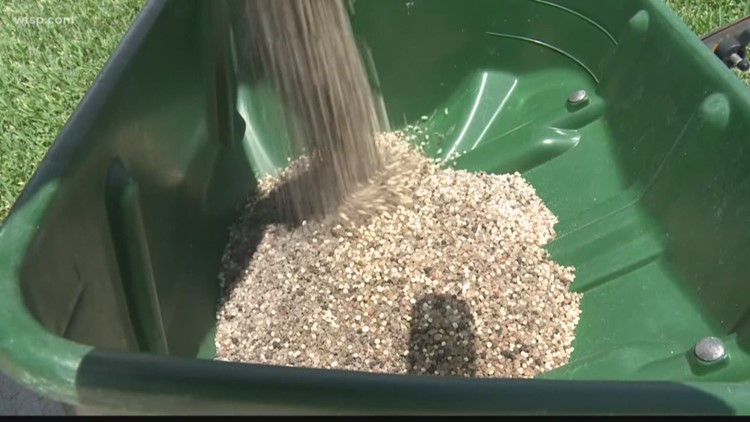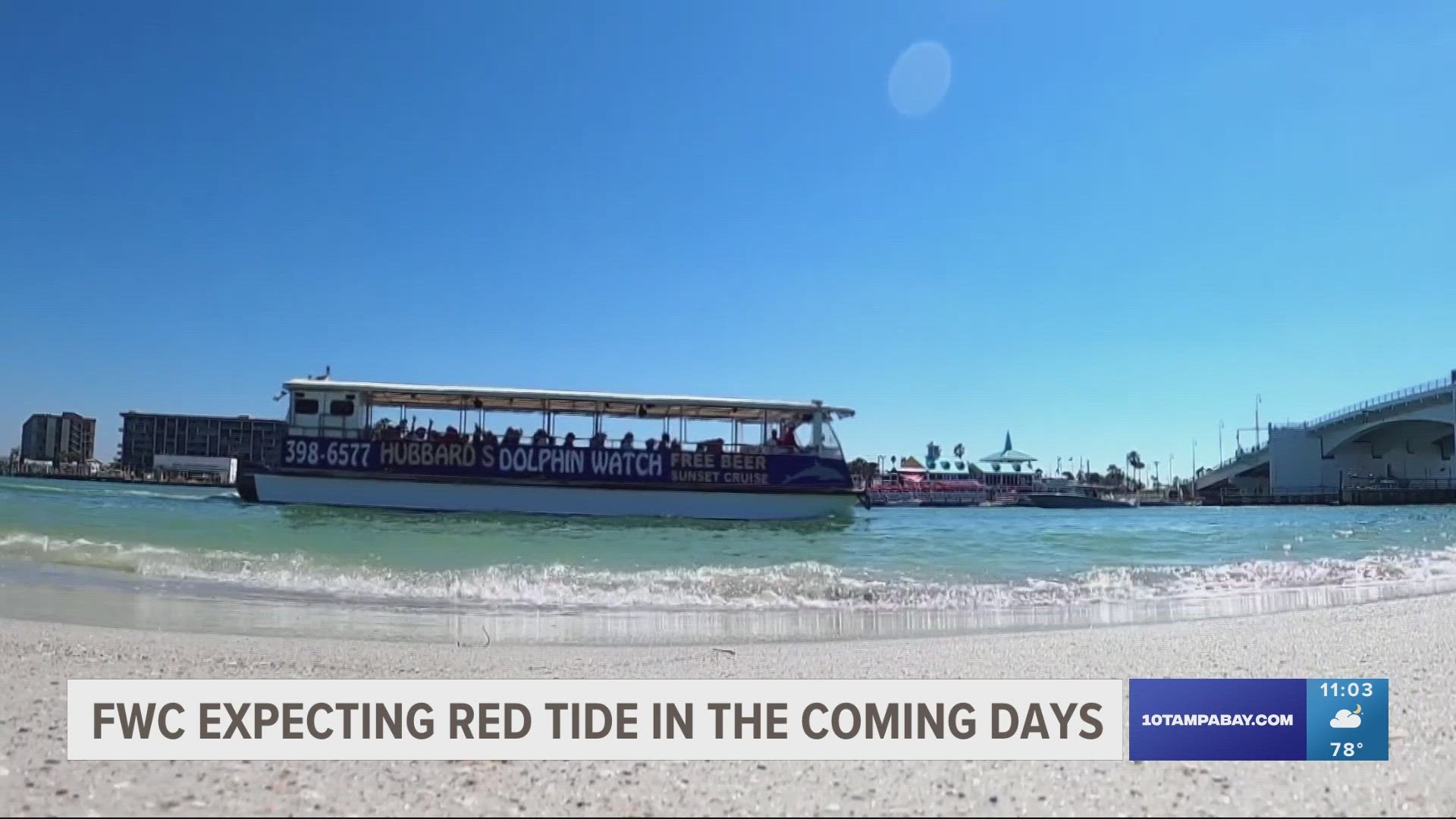SARASOTA, Fla. — Red tide occurs naturally offshore. But there are some things that we can do to help make sure it doesn't get worse.
Scientists have put together a community playbook for healthy waterways. The Gulf Coast Community Foundation has an interactive look on its website for different ways to reduce nutrients from getting into our waterways.
One of them is fertilizer. When you use too much, and it runs off into our waterways, the nitrogen can feed macroalgae and phytoplankton. That clouds the water where seagrass needs to grow for manatees to eat and fuels algae blooms.
In Sarasota County, fertilizer is widely used on turfgrass like golf courses and athletic fields, lawns and some farms. But you may not even need it if you use reclaimed water.
“If it comes from the city of Sarasota, it’s got low nutrient content, and you may need to fertilize on top of it, but if it comes from Sarasota County or Manatee County, it has enough nutrients in it, you don’t need to fertilize and in fact, you need to be careful about how much water you add,” Dr. David Tomasko said. He is the Executive Director of The Sarasota Bay Estuary Program. He says it’s easy to overdo it.
“If you want your lawn to get green or if you want your citrus tree to grow faster add nitrogen. If you want more algae in the bay and want the algae that are there to grow faster, add more nitrogen. But nobody wants to do that. The key is reducing the nitrogen that flows through runoff waters as a way of keeping the amount of algae in our system under control,” Tomasko said.
One of the biggest problems with excess nutrients added to the Tampa Bay area's waterways was the emergency releases from Piney Point earlier this year.
“Piney Point was 200 tons of nitrogen in 10 days. In all of Tampa Bay, we expect to have 17 tons a year associated with population growth so more people move to Tampa, that’s 17 tons of nitrogen we want to offset just to hold the line. This is 200 tons. So it was like more than a decade’s worth of population growth added to the bay in 10 days at a very high concentration as liquid fertilizer. So it is, without doubt, the biggest single nutrient load that we’ve experienced in decades in our systems,” Tomasko said.
Scientists believe those releases created a ripple effect of problems.
“It was really bad. We are still seeing problems we think are associated with Piney Point. We had traditional algal blooms. We had algal blooms out here in Anna Maria Sound," Tomasko added.
- Lightning's national anthem singer moves to ICU days after COVID-19 hospitalization, husband says
- Who needs to mask up in Florida? Pretty much everyone, per CDC guidance
- Despite new CDC guidance, masks to stay optional in Hillsborough, Pinellas schools
- Red tide levels in Tampa Bay at their worst in decades
- Rescued seahorse gives birth to hundreds of babies at Clearwater Marine Aquarium
►Breaking news and weather alerts: Get the free 10 Tampa Bay app
►Stay In the Know! Sign up now for the Brightside Blend Newsletter



